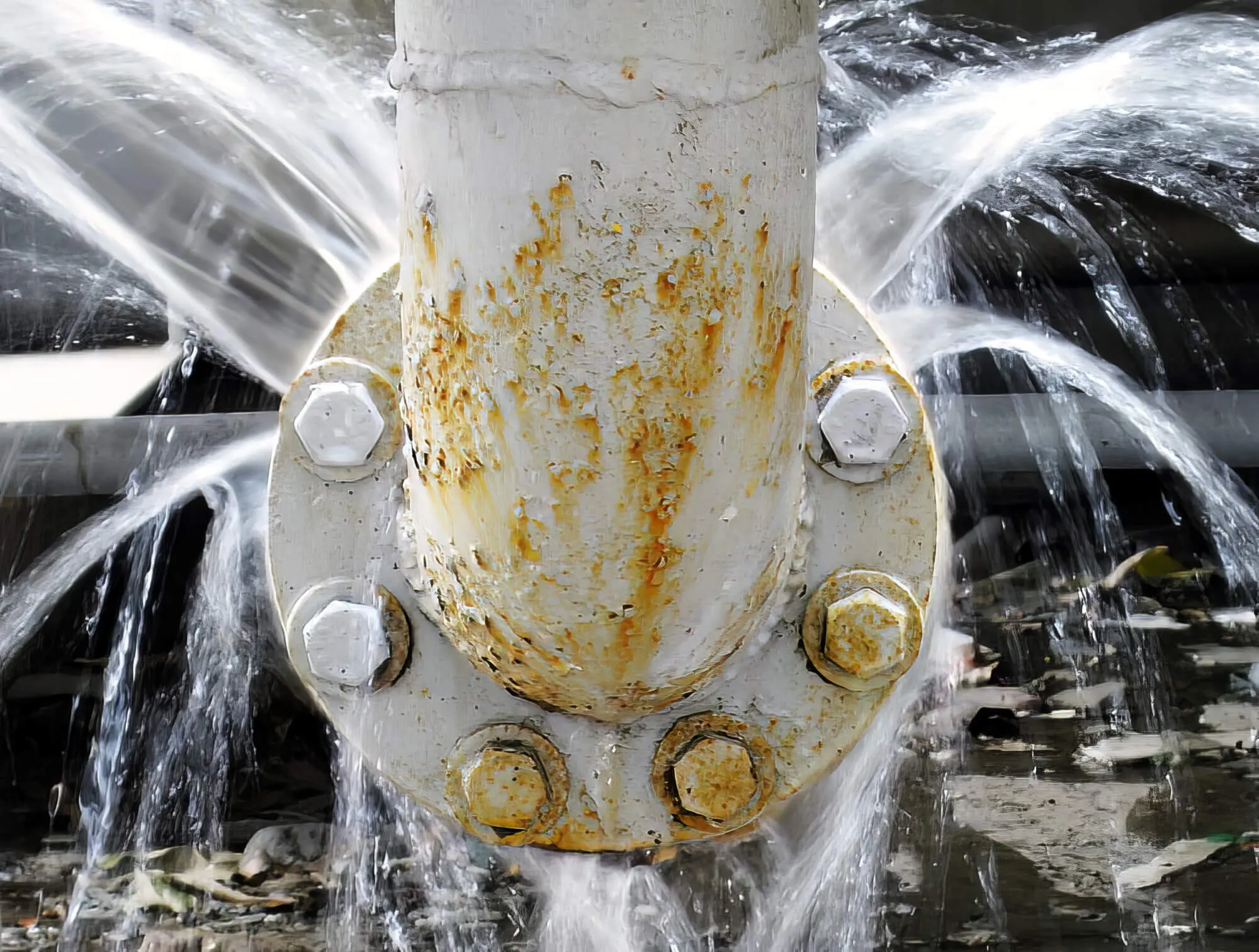Preventing a Burst Pipe: Tips for Protecting Your Plumbing During Winter
Preventing a Burst Pipe: Tips for Protecting Your Plumbing During Winter
Blog Article
Stopping Ruptured Water Lines: Crucial Tips to Protect Your Pipes
Preventing burst pipelines is a critical problem for home owners, particularly throughout colder months when the danger of cold is heightened. Implementing strategic actions such as proper insulation, routine evaluations, and maintaining consistent interior temperatures can significantly minimize the likelihood of pipeline failure.
Understand Pipeline Vulnerabilities
Recognizing pipeline susceptabilities is vital for efficient plumbing upkeep and preventing expensive damage. Several factors contribute to the vulnerability of pipelines to bursts, consisting of material structure, age, and environmental problems. Older pipes, especially those made from galvanized steel or polybutylene, often weaken over time, causing increased risk of tears and leaks.
Temperature level changes can additionally considerably impact pipeline stability. In chillier environments, water trapped in pipelines can freeze, broadening and exerting stress on the pipeline wall surfaces, which might ultimately cause a burst. High water pressure can strain pipes, specifically at bends and joints, heightening the likelihood of failing.

Insulate Pipes Effectively
Appropriate insulation of pipelines is crucial for stopping cold and succeeding ruptureds throughout winter (burst pipe). Shielding your pipes system properly safeguards against temperature level goes down that can bring about pricey damages. Begin by determining at risk locations where pipes are subjected to exterior temperature levels, such as basements, attic rooms, and outside wall surfaces
Use foam pipe insulation sleeves or cover insulation tape around these locations to supply a safety barrier. Guarantee that all sections of the pipes, especially those with minimal warmth direct exposure, obtain ample insulation. Pay special interest to fittings and joints, as these are more prone to freezing.
When shielding, it's vital to choose products that fulfill neighborhood structure codes and are proper for the certain setting. Fiberglass insulation is frequently recommended for its thermal resistance residential or commercial properties. Additionally, consider making use of warmth wires or tape in extreme problems, which can be connected in to supply supplementary warm
On a regular basis evaluate shielded pipelines for any type of signs of wear or damages, as compromised insulation can diminish its effectiveness. By taking these aggressive procedures, you considerably reduce the danger of pipeline bursts, guaranteeing a trusted plumbing system throughout the winter season months.
Maintain Constant Temperature Level
A secure indoor temperature level is crucial for preventing ruptured pipes throughout the icy months. When temperature levels drop, water within pipelines can ice up, expanding and developing stress that might eventually trigger the pipes to burst.Using a programmable thermostat can assist manage interior temperature levels properly, ensuring that areas with pipes remain cozy even when the house is empty.
This small circulation of water can avoid cold by minimizing stress within the pipes. By executing these strategies, property owners can dramatically decrease the threat of pipeline ruptureds and protect their pipes systems versus the harsh winter components.
Routinely Evaluate Plumbing
Normal evaluations of pipes systems are vital for stopping ruptured pipes and keeping general home integrity. Throughout these inspections, it is vital to take a look at noticeable pipelines for indicators of deterioration, leakages, or use.
Additionally, checking joints and connections is vital, as these factors are usually at risk to leakages. Home owners ought to additionally examine water stress levels, as excessive stress can strain the plumbing system and increase the risk of pipeline ruptureds.
Take into consideration scheduling professional pipes examinations at the very least as soon as a year, especially prior to wintertime, to ensure your system is prepared for cooler temperatures. By being proactive in your method, you can protect your home go to this website versus the pricey and disruptive repercussions of burst pipelines.
Know Emergency Situation Treatments
Comprehending emergency situation treatments is vital for each homeowner, our website specifically after conducting regular plumbing evaluations. Being prepared for a plumbing emergency situation can significantly mitigate damages and conserve costs. First, find your major water shut-off shutoff; it is normally located near the water meter or where the main line enters your home. Acquaint on your own with its operation, as turning off the water supply rapidly can stop substantial flooding.
Next, keep necessary tools handy. A pipes emergency situation set should consist of a wrench, plunger, and towels, as well as a flashlight and a bucket for little leaks. In addition, think about having the contact information for a trusted plumbing professional easily offered, ought to the situation rise beyond your control.
If you discover a leak or ruptured pipe, promptly shut off the water and alert your plumbing professional. Additionally, record the damages with photographs for insurance policy functions. burst pipe. Know the signs of prospective plumbing problems, such as uncommon water pressure variations or damp areas on wall surfaces
Inevitably, aggressive understanding and swift activity are important in handling pipes emergencies, ensuring your home stays secured and reducing possible damage.

Final Thought
Finally, preventing burst pipes demands a diverse method that includes understanding pipe susceptabilities, correct insulation, keeping consistent indoor temperature levels, routine assessments, and knowledge of emergency situation treatments. By carrying out these important techniques, the threat of pipes failings can be substantially lowered, thus making certain the longevity and efficiency of the pipes system. Aggressive steps not just protect versus possible damage yet likewise contribute to general water preservation and the protection of building.
In cooler climates, water entraped in pipes can ice up, increasing and exerting stress on the pipeline wall surfaces, which may eventually lead to a ruptured. When temperatures decline, water within pipes can ice up, developing and increasing pressure that may inevitably create the pipelines to burst. By carrying out these strategies, house owners can considerably minimize the threat of pipeline bursts and protect their pipes systems against the severe winter elements.

Report this page